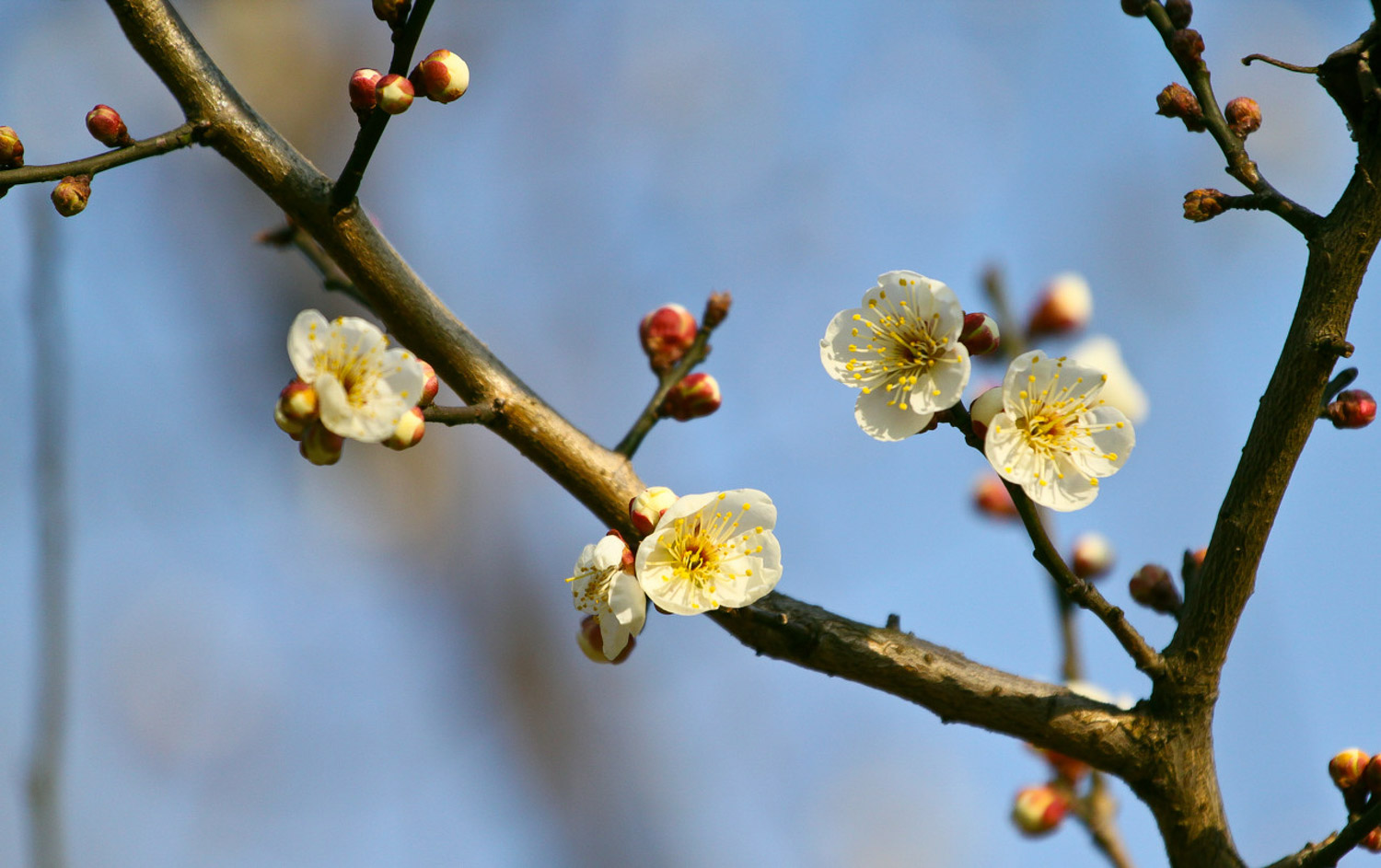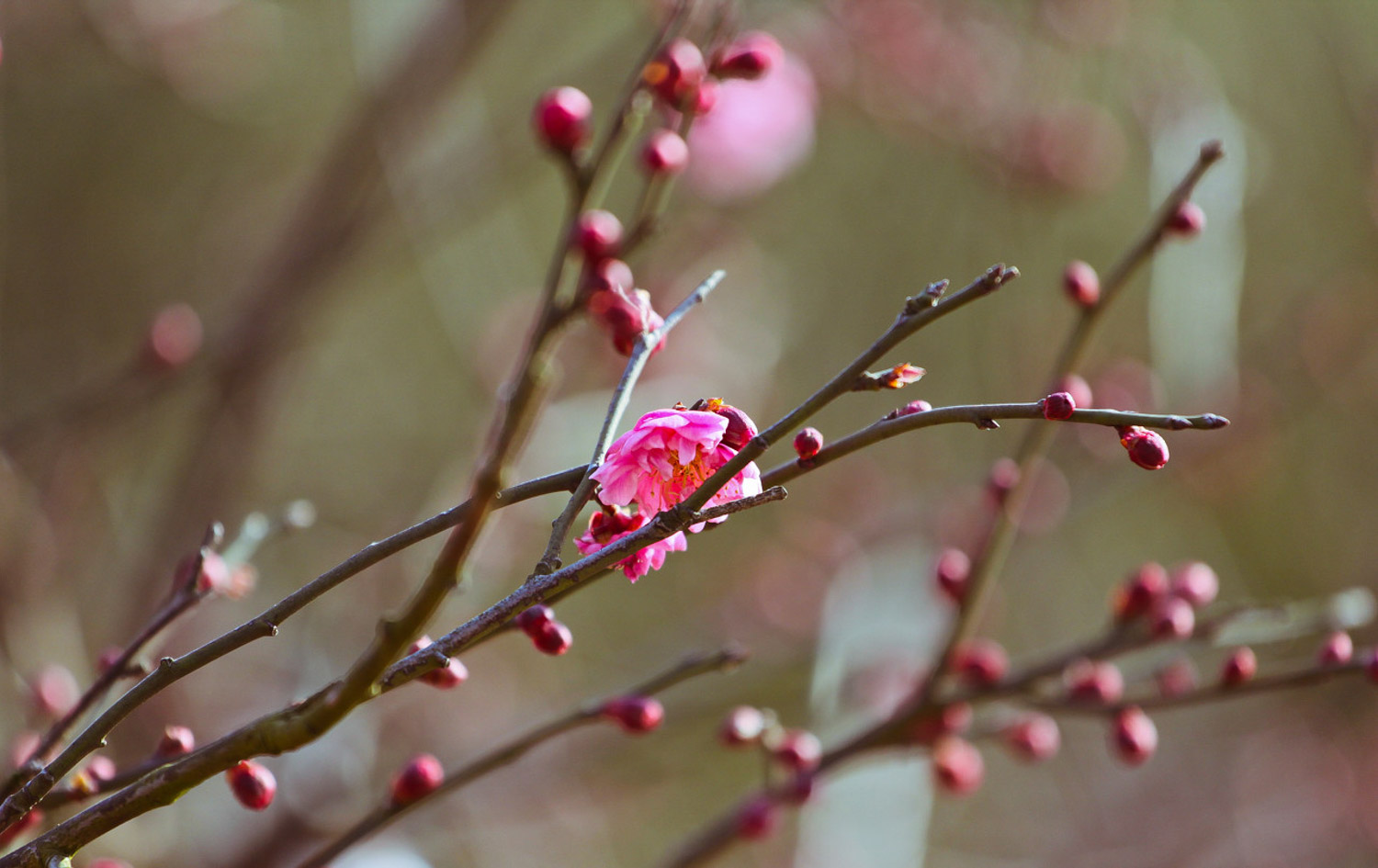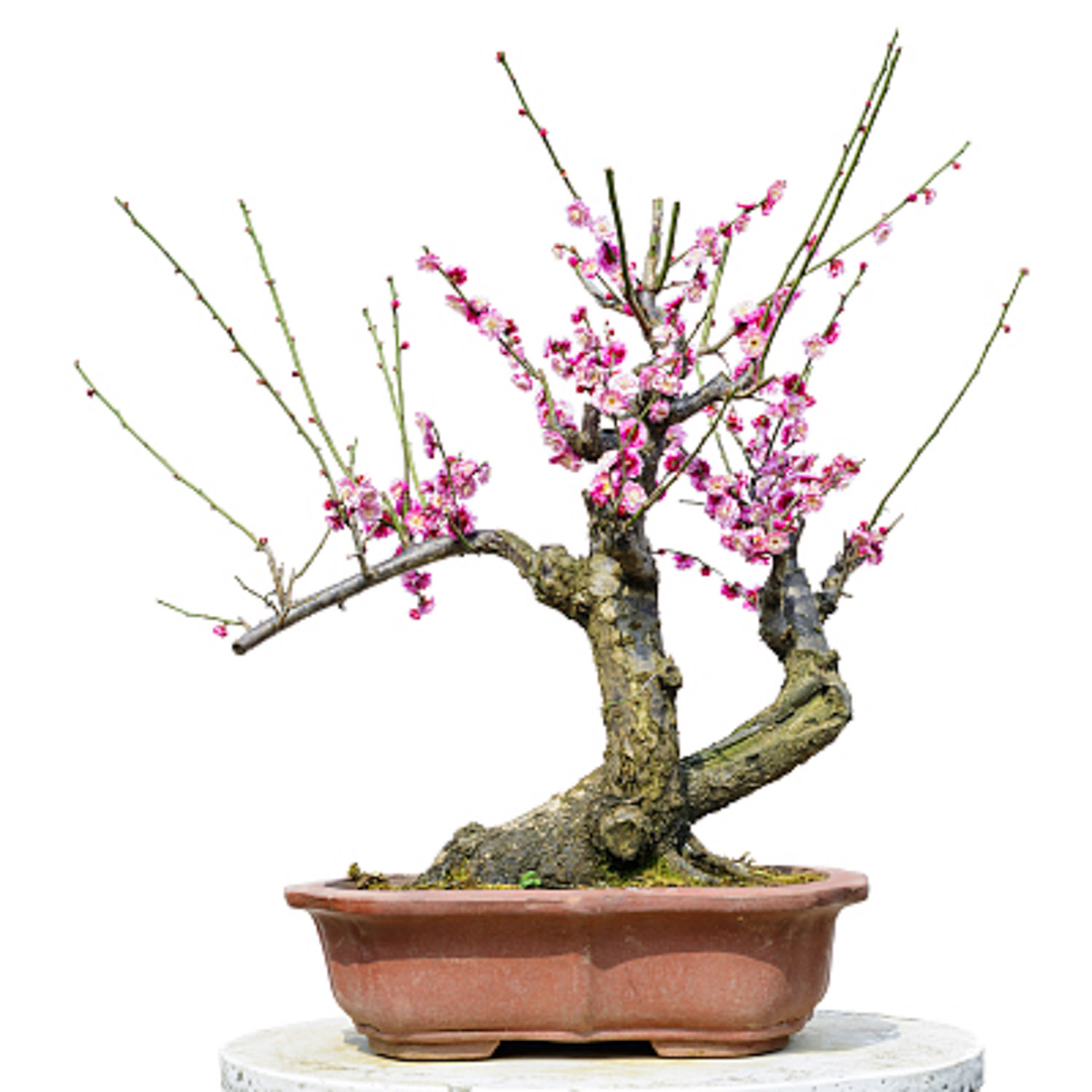1、 Cutting cuttings
In order to ensure the survival of plum cutting, it is generally necessary to choose varieties that are easy to take root. The tree age of the mother tree should not be too large. Select the branches with strong growth, and the length of cutting is about 10-15 cm. Cut the bottom of the branch into an inclined plane, which can increase the contact area with the soil and help to take root

2、 Basin soil preparation
Plum blossom is suitable for growing in loose and fertile acid soil. The basin soil is mainly rotten leaf soil, which can be mixed with certain perlite. In this way, in addition to ensuring the nutrition required for growth, it can also provide certain drainage. It can also be prepared with garden soil and river sand, and the problem of soil alkalization can be improved by watering ferrous sulfate

3、 Cutting
Plum cutting is usually carried out after falling leaves in early spring or late autumn, and the temperature at this time is more suitable for its growth. Poke a hole on the surface of the basin soil. The hole should be deep. The cuttings only expose 2 cm of the basin soil. Then pour water through it, and then cover it with plastic film to ensure sufficient temperature and humidity inside

4、 Slow seedling maintenance
The pot should not be watered too slowly, which will lead to rot. If it is cutting in spring, it needs appropriate shade in the summer to avoid sunburn of branches. When cutting in autumn, the speed of rooting is slow, and it is often necessary to wait until the next spring to take root and sprout

 how many times do yo...
how many times do yo... how many planted tre...
how many planted tre... how many pine trees ...
how many pine trees ... how many pecan trees...
how many pecan trees... how many plants comp...
how many plants comp... how many plants can ...
how many plants can ... how many plants and ...
how many plants and ... how many pepper plan...
how many pepper plan...





























